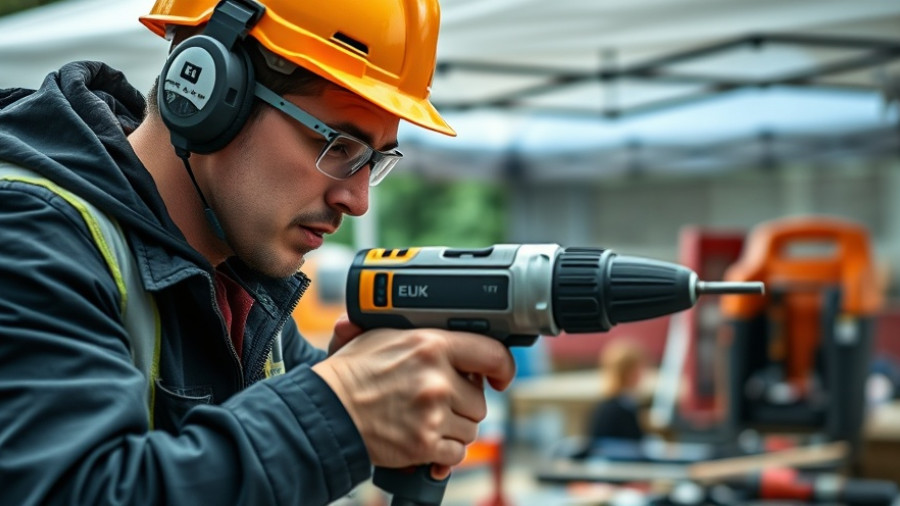
Growth in the Roofing Industry: An Acquisition Trend
The recent acquisition of B&M Roofing by Roofed Right America signals an interesting trend in the roofing industry, where consolidation is becoming increasingly prominent. For business owners, property developers, and facility managers, understanding these shifts can illuminate opportunities in the market. As companies like Roofed Right America bolster their portfolios, they also expand their capabilities to deliver comprehensive roofing solutions that might cater to diverse client needs.
Understanding Acquisition Impact on Customers
For those in the construction sector, especially decision-makers in commercial roofing, the impact of acquisitions is often profound. Such strategic moves can lead to enhanced service quality due to increased resources and expertise. Moreover, as Roofed Right America integrates B&M Roofing's operations, clients can expect improved access to innovative products and sustainable roofing practices, aligning with industry trends towards green construction.
The Role of Sustainability in Recent Acquisitions
Sustainability is at the forefront of modern construction practices, influencing acquisition strategies. With increasing consumer awareness around health and sustainability, businesses are motivated to adopt responsible practices. Companies gaining access to sustainable technologies through mergers, like Roofed Right America's acquisition, tend to attract eco-conscious customers while favoring long-term profitability and compliance with evolving regulations.
Future Insights: What Lies Ahead After the Acquisition?
With Roofed Right America absorbing B&M Roofing, future forecasts suggest a rise in hybrid service offerings. This means that clients may witness an integration of traditional roofing methods with innovative solutions, such as eco-friendly materials or advanced installation techniques. Facility managers should remain alert to these changes, understanding how such developments can translate to cost savings and enhanced building performance over time.
Why Community Development Benefits from Consolidation
Acquisitions like these can significantly contribute to community development. As larger firms consolidate resources, they can invest more heavily in local projects, potentially providing better employment opportunities and enhancing the local economy. For community developers, this signals a positive shift, indicating a growing commitment from the roofing industry to support regional initiatives.
As roofing continues to evolve with such advancements and integrations, it’s essential for stakeholders to analyze these developments closely. Understanding how these trends might impact future projects and operations can provide a vital edge at the negotiating table or during project planning.
**Take Action**: Now is the time for business owners and facility managers to consider how these trends can benefit their projects. Embrace partnerships that prioritize innovation and sustainability in roofing, ensuring that your next project aligns with the evolving landscape of the construction industry.
 Add Row
Add Row  Add
Add 




Write A Comment